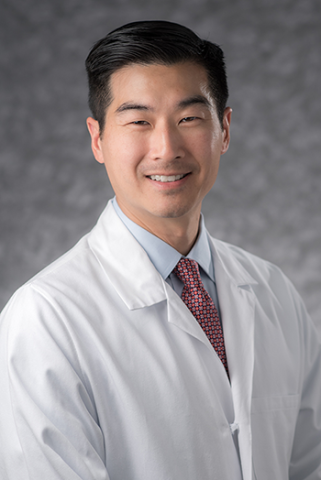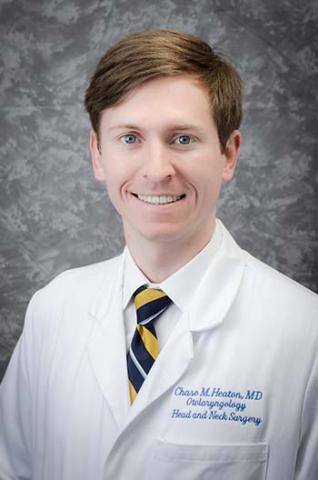
Human papillomavirus-associated oropharynx squamous cell carcinoma (HPV+OPSCC) treatments are a hot topic in Otolaryngology. HPV+OPSCC has recently prompted efforts and rigorous studies regarding de-escalation of the intensity of treatments due to its favorable prognosis. Transoral robotic surgery (TORS) with neck dissection has become a common intervention for HPV+OPSCC that can be a form of de-escalation.
Recently, a multidisciplinary team of investigators from the UC-San Francisco Departments of Otolaryngology–Head and Neck Surgery (OHNS), Radiology and Biomedical Imaging, and Pathology and Laboratory Medicine sought to answer the question: "Among patients with HPV+OPSCC, how common are the post-surgical histopathologic features that suggest the use of adjuvant radiotherapy or adjuvant chemoradiotherapy after surgery?"
"Such an objective is important because understanding patient-specific risk of adverse histopathologic findings after primary surgery for HPV-associated OPSCC can help guide patient consultations," says Aaron Zebolsky, UCSF research follow and medical student at Western Michigan University School of Medicine.
They performed a retrospective cohort study to define when adjuvant chemoradiation especially would be beneficial in this patient population. In 136 patients who underwent TORS with neck dissection for HPV-positive OPSCC at UCSF, they analyzed the degree of pathologic extranodal extension and positive margins post-operatively. They found that of these patients who were carefully selected for surgery with cT0-cT2 cN0-N2b HPV-positive OPSCC without definite clinical pre-operative extranodal extension, most were found to have histopathologic National Comprehensive Cancer Network guidelines indications for possible adjuvant radiotherapy. However, approximately one-quarter had pathologic extranodal extension and/or positive surgical margins, which are indications for adjuvant chemoradiotherapy. This showed that the vast majority of patients carefully selected for surgery could expect to avoid indications for chemotherapy.
Findings were recently published in JAMA Otolaryngology – Head & Neck Surgery.

"The data from our study could assist with presurgical counseling processes for HPV-associated OPSCC patients by providing likelihoods for patient to meet indications for adjuvant radiation and adjuvant chemotherapy," says William Ryan, MD, senior author of the study and associate professor in the UCSF department of Otolaryngology-Head and Neck Surgery, who helps direct the UCSF Robotic Head and Neck Surgery Center. "With this study, it's essential to emphasize the importance of careful selection for surgery."

UCSF OHNS faculty that were a part of this study include Patrick Ha, MD and Chase Heaton, MD. Katherine Wai, MD, resident, and Arushi Gulati, BS, medical student, Patrick Carpenter, MD, former UCSF OHNS fellow, were also contributing authors. Additional authors from UCSF include Elizabeth George, MBBS, UCSF Radiology faculty, and Annemieke Van Zante, MD, PhD, UCSF Pathology faculty.




